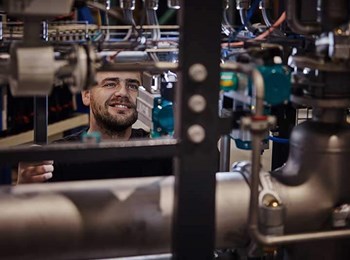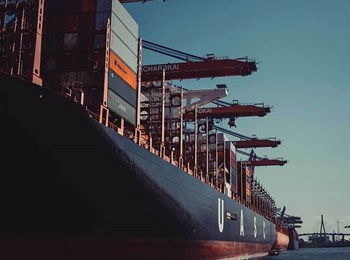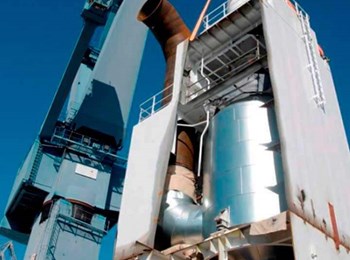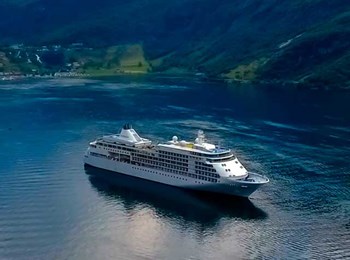Marine exhaust gas cleaning systems, also known as scrubbers, significantly decrease air pollution but generate harmful wash water containing polycyclic aromatic hydrocarbons (PAH), particulate matter (PM), and other detrimental substances. Therefore, the IMO has implemented various discharge limits for wash water, which ships with a scrubber must abide by. Let us dive into the scrubber wash water discharge limits and how they can be maintained.
The IMO Exhaust Gas Cleaning System Guidelines require ships to abide by several scrubber wash water discharge limits. Parameters such as pH, PAH concentration, turbidity, and temperature should be monitored and recorded continuously, set, and logged with time and the vessel’s position.













